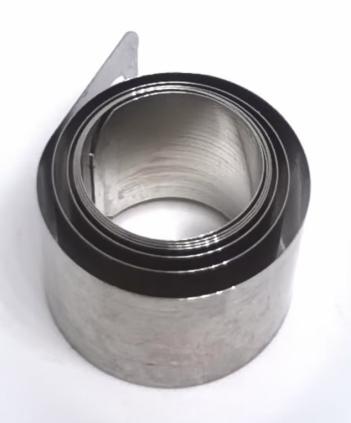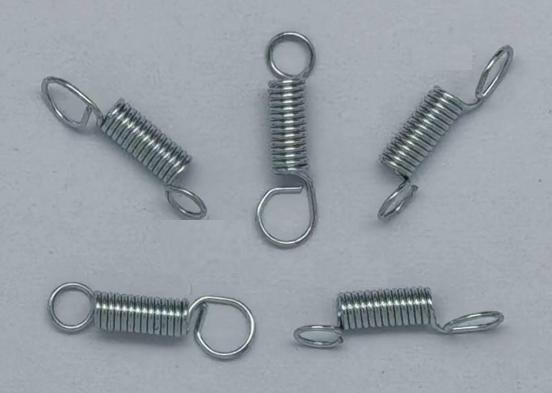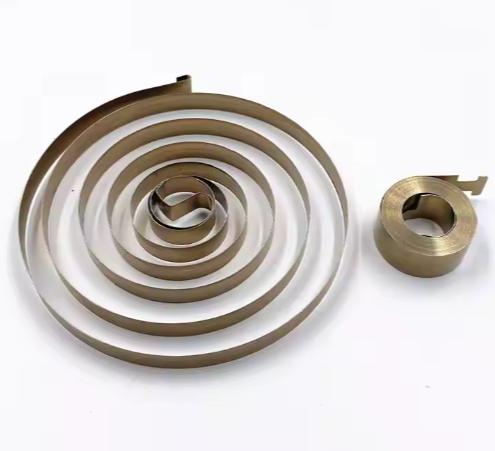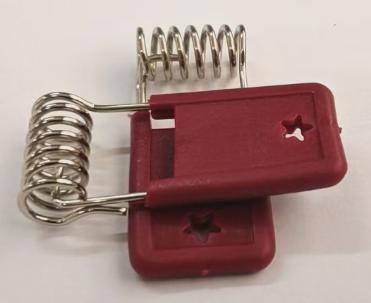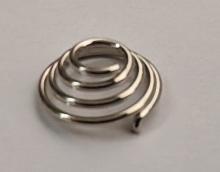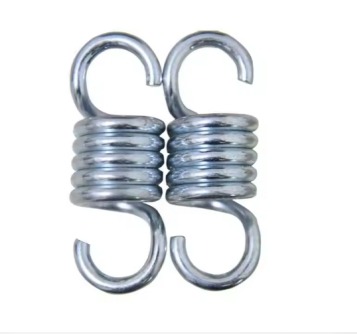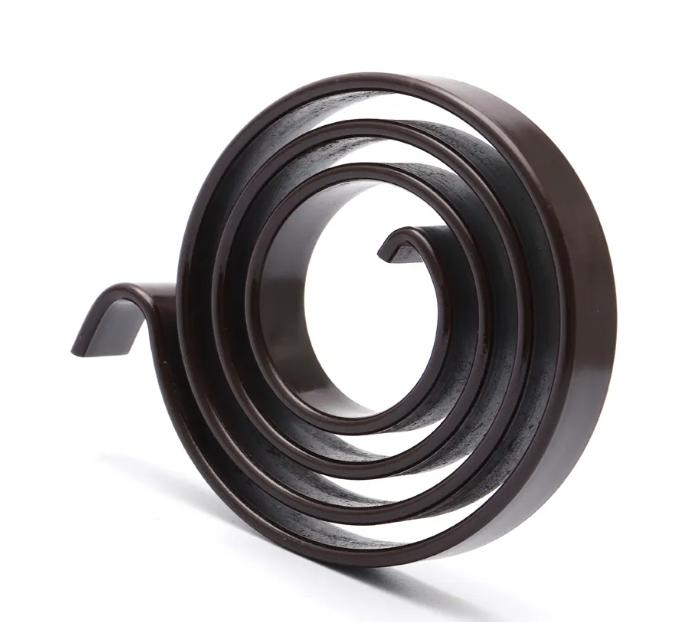How to Improve the Thermal Resistance of Wire Springs?
Table of Contents
Wire springs are widely used in various applications, from automotive engines to electronic devices, where they are often exposed to high temperatures. Improving the thermal resistance of wire springs is crucial to maintaining their performance, durability, and reliability under high-temperature environments.
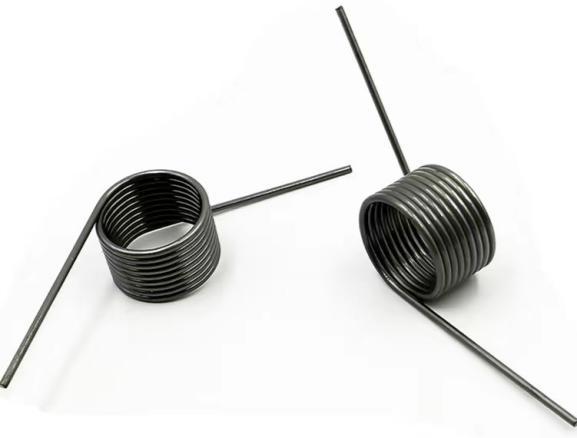
Thermal Performance of Wire Springs in High-temperature Environments
| Performance Aspect | Description |
| Material Selection | – High-Temperature Alloys: Materials like Inconel, Hastelloy, and stainless steel retain strength and elasticity at high temperatures. |
| – Thermal Stability: Ensures minimal loss of mechanical properties such as tensile strength and fatigue resistance. | |
| Thermal Expansion | – Dimensional Stability: Manages expansion and contraction to maintain proper fit and function. |
| – Stress Management: Designed to avoid stress concentration and deformation due to uneven thermal expansion. | |
| Oxidation & Corrosion Resistance | – Oxidation Resistance: Protects against high-temperature oxidation, which can degrade the spring’s surface. |
| – Corrosion Resistance: Necessary in environments with both high temperatures and corrosive agents, ensuring longevity. | |
| Thermal Fatigue Resistance | – Cyclic Stability: Ability to endure repeated thermal cycles without developing cracks or structural failure. |
| – Stress Relaxation: Maintains consistent performance under prolonged exposure to high temperatures. | |
| Design Optimization | – Spring Geometry: Customized design to enhance heat distribution and minimize thermal fatigue. |
| – Surface Treatments: Coatings and treatments that improve thermal resistance and reduce oxidation. | |
| Operational Reliability | – Load-Bearing Capacity: Maintains effective load handling even under continuous high-temperature exposure. |
| – Environmental Adaptability: Ensures durability across a range of high-temperature and potentially corrosive environments. |
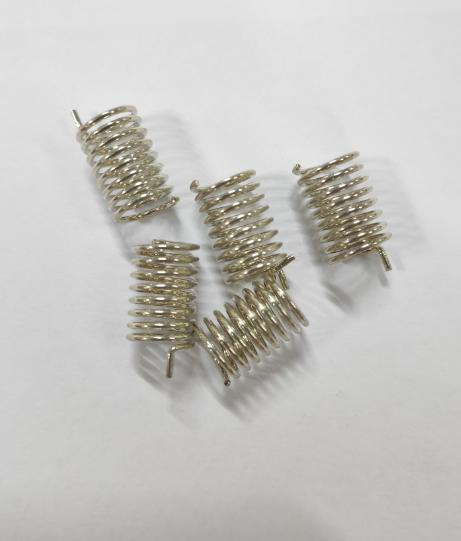
Key Strategies to Enhance the Thermal Resistance of Wire Springs
1. Material Selection
The choice of material is the most critical factor in determining the thermal resistance of wire springs. Different materials of wire springs have varying levels of thermal stability and can withstand different temperature ranges.
- High-Temperature Alloys: Materials like Inconel, Hastelloy, and stainless steel (such as SS 316 and SS 304) are known for their excellent resistance to high temperatures. These alloys maintain their mechanical properties, such as tensile strength and elasticity, even at elevated temperatures.
- Silicon-Chrome Alloys: For applications requiring both high strength and thermal resistance, silicon-chrome alloys (e.g., AISI 9254) are an excellent choice. These alloys offer superior performance in environments where both high stress and high temperatures are present.
- Titanium Alloys: Titanium alloys are another option for improving thermal resistance, particularly in aerospace and automotive applications. While titanium is more expensive, it offers a high strength-to-weight ratio and excellent resistance to heat.
2. Surface Treatments and Coatings
Applying surface treatments and coatings to wire springs can significantly enhance their thermal resistance.
- Heat-Resistant Coatings: Coatings such as ceramic, PTFE (polytetrafluoroethylene), or other high-temperature polymers can be applied to wire springs to create a barrier against heat. These coatings help to insulate the spring from extreme temperatures and prevent oxidation or corrosion.
- Nitriding: Nitriding is a heat treatment process that diffuses nitrogen into the surface of the spring, increasing its hardness and wear resistance. This process not only improves the spring’s mechanical properties but also enhances its resistance to high temperatures.
- Oxidation-Resistant Coatings: In high-temperature environments, oxidation can degrade the performance of wire springs. Applying oxidation-resistant coatings, such as aluminide or chromium coatings, can protect the spring’s surface from oxidizing and extend its lifespan.
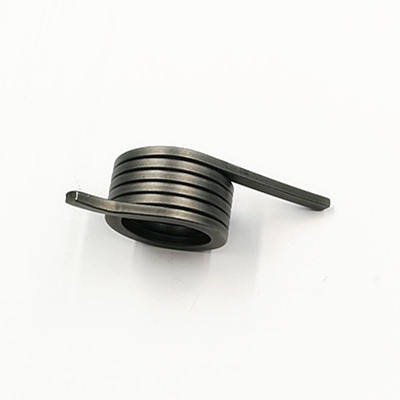
3. Optimizing Spring Design
The design of the wire spring itself can influence its thermal resistance.
- Spring Geometry: Adjusting the geometry of the spring, such as increasing the coil diameter or reducing the number of active coils, can help distribute stress more evenly and reduce the risk of thermal fatigue.
- Stress Relief and Heat Treatment: Post-manufacturing heat treatments, such as stress relief annealing, can improve the thermal resistance of wire springs. These processes relieve internal stresses and stabilize the material’s microstructure, reducing the likelihood of deformation or failure at high temperatures.
- Tapered Springs: For applications where space and weight are concerns, tapered wire springs can be designed to handle higher loads and temperatures while maintaining a compact form factor.
4. Consideration of Operating Environment
Understanding the specific operating environment is crucial to selecting the appropriate material and design for thermally resistant wire springs.
- Cyclic Thermal Loading: In environments where the temperature fluctuates, such as in automotive exhaust systems, springs must be designed to withstand cyclic thermal loading. Materials with high fatigue resistance, such as stainless steel and high-temperature alloys, are preferred.
- Corrosive Environments: In applications where both high temperature and corrosive conditions are present, such as in chemical processing or marine environments, materials like Inconel or Hastelloy, which resist both corrosion and heat, are ideal.
- Thermal Expansion: The coefficient of thermal expansion (CTE) is an important consideration when designing springs for high-temperature applications. Materials with a lower CTE will experience less deformation under temperature changes, maintaining the spring’s performance over time.
5. Advanced Manufacturing Techniques
Incorporating advanced manufacturing techniques can further improve the thermal resistance of wire springs.
- Additive Manufacturing: Also known as 3D printing, additive manufacturing allows for the creation of complex spring geometries that are optimized for thermal performance. This technique can also incorporate materials that are difficult to process using traditional methods, offering more options for high-temperature applications.
- Cryogenic Treatment: Cryogenic treatment involves cooling the wire springs to extremely low temperatures, which can enhance their mechanical properties, including thermal resistance. This process refines the microstructure of the material, improving its ability to withstand high temperatures without losing strength.
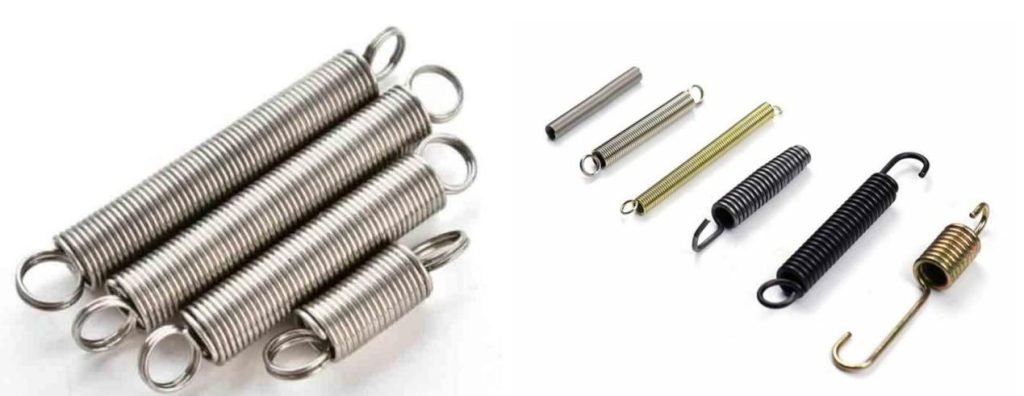
Improving the thermal resistance of wire springs requires a multifaceted approach that includes careful material selection, surface treatments, optimized design, and consideration of the operating environment. Adopting these strategies, manufacturers can enhance the performance and longevity of wire springs in high-temperature applications, ensuring they continue to function effectively under challenging conditions.

